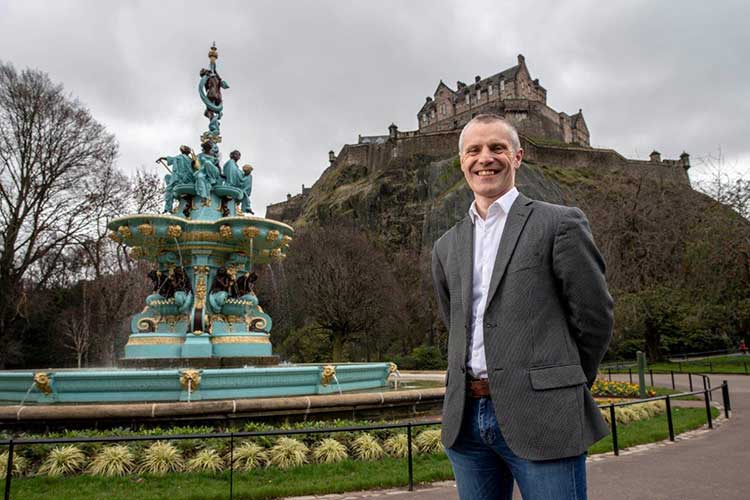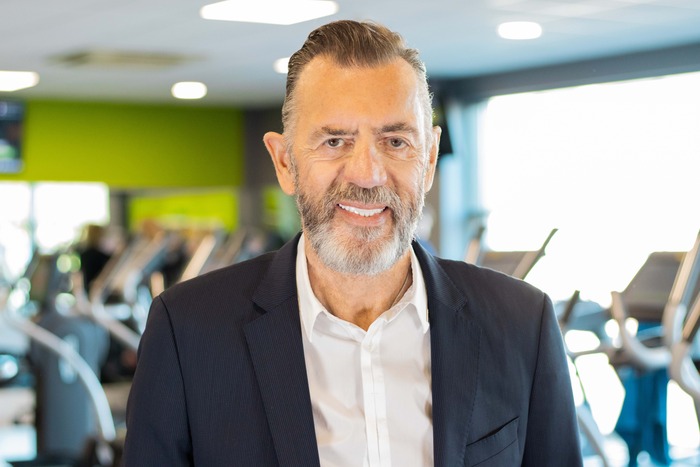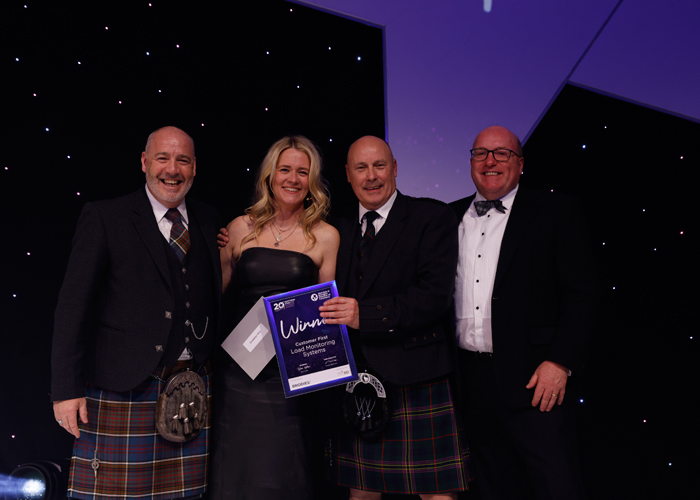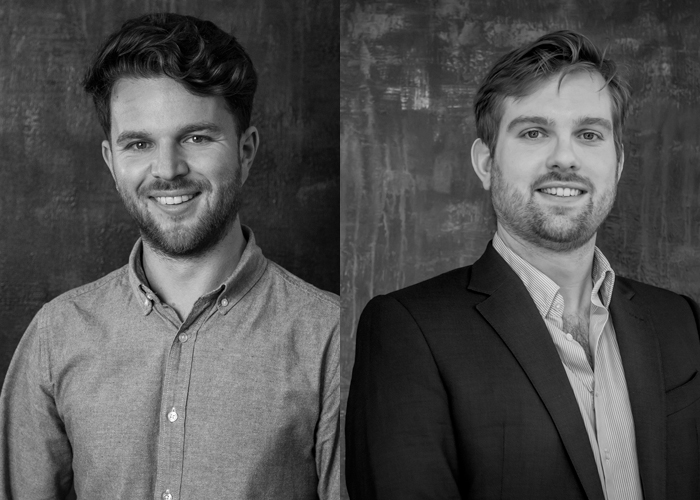What does your company do?
We’re structural designers; an engineering consultancy firm, so, put simply, we make sure buildings stand up and stay up. We advise, design and communicate with our clients who can be architects, specifiers, builders or other sub-contractors.
If you started the company, what was the aha moment that led to the company founding?
When I graduated from Leeds University in 1992 I was already thinking about having my own practice. Unfortunately, I was very naïve and had no idea how much I didn’t know about engineering. It’s fair to say that the reality of my first few years in practice were a disappointment and I became quite disillusioned with engineering.
This changed when I was lucky enough to work at Buro Happold in Bath in 1997 and then for Fenton Holloway in Bristol. The work I did in both places was exciting, challenging and inspirational. My interest in engineering design was rekindled.
However, I also had some other goals I wanted to achieve, so I took a career break to focus on writing and performing electronic music, first in the UK, then New Zealand, the USA, Belgium, and latterly Scotland. Highlights would be performing at Burning Man in Nevada in 2002, releasing a record in 2007 and taking a live show to Istanbul in 2009.
By that time, I had been living and working part-time in engineering in Edinburgh for five years.
As work became scarce during the financial crash that arrangement became increasingly hard and by 2010 I was working full-time just to get by. As things stabilised financially AED grew naturally out of that.
Before I set up AED, aside from the music, I was working for SKM Anthony Hunts in Edinburgh, designing projects with a value up to £25m including Aberdeen Sports Village, St Paul’s & St George’s Church Edinburgh, and The Pier Arts Centre in Stromness.
Where did you get assistance when you started?
There wasn’t any available, so I funded it myself with help from my family. As a knowledge-based business the start-up costs were relatively modest, and I was able to generate income quite quickly. Early clients were very supportive and many of those first relationships still exist.
Give us a brief history of the growth of the company.
Early on I began doing engineering for some notable public artworks, such as Nathan Coley’s In Memory at Jupiter Artland in West Lothian, and this gave us an initial footing both financially and in what has gone on to become a high profile and successful area for us, albeit small in terms of turnover.
In 2010 I was joined by a former boss of mine at SKM – Jim Bradford, and he brought a significant tranche of work with him from his main client, the Sharkey Group, that formed the backbone of our business strategy for some years. We became great friends and Jim still works for me, now on design delivery management, which is key to keeping our clients happy.
Being selected as civil and structural engineer for the reconstruction of the Ross Fountain in Prince’s Street Gardens was a significant moment for AED. I think it’s fair to say the project was more of a challenge than was anticipated, but we got there in the end. Most people don’t know the extent of the underground engineering for the fountain – it really is like an iceberg.
On the engineering for art front, earlier this year we worked closely with internationally acclaimed artist, Phyllida Barlow, and her studio to design and detail her new sculptures at Jupiter Artland.
Have you taken any external funding? If so from who and when?
No.
So, what does it look like now with regard to staff and turnover?
10 staff and a turnover of £650,000
What’s the difference between when you started and now in your marketplace?
It’s getting harder to sell quality. It seems to be all about cost at moment and there’s a lack of understanding from some customers about what quality engineering can bring to a project.
What is your target market – Who is buying your service?
Architects, builders, specifiers, or other sub-contractors. For the most part, our clients are businesses and private individuals, but we do regularly provide services to public bodies, trusts, and charities.
What is your background?
I trained as a civil engineer and have done a range of professional, self-employed and voluntary jobs over the years including cycle messenger, joiner and programmer. I have worked in structures for most of my professional career.
My broad professional interests include: design management systems, minimalist engineering and architecture, low-carbon engineering and why mistakes happen in design/opening up discussion about failing.
I’m a recognised expert on the design and behaviour of structural connections, particularly in steelwork, and I lead the promotion of research into structural loading on the IStructE’s Research Panel. I also review research grant applications and judge technical papers for that Panel.
I regularly lead seminars, give professional talks and make CPD presentations. Recent topics have included design risk management, timber repairs, modern timber engineering and small business practice.
What are your goals for your business?
I think most companies like ours would say making an outstanding success of the projects we’re currently working on is our top priority. However, on a business level I would say we’re at a point where our workload is so genuinely diverse and so fast-moving that our top priority is managing design delivery in a manner that delivers for our clients and cares for the mental wellbeing of our staff while remaining adequately profitable.
We have secured significant project wins in the last year, including a new HQ for Ian Macleod Distillers in Broxburn, a new Tesco call centre in Dundee with Sharkey Group and the reconstruction of Eyemouth Boatyard, so we are quite focused on consolidating this success.
What are your biggest current challenges?
Processing high volumes of excellent work for great customers with finite resources.
What has been the biggest challenge so far?
We are a small practice in an industry where late payment in endemic, so finances can get strained. In the past we’ve had to let people go because of issues around that; and that’s been tough for all concerned.
What do you do outside work?
My wife and I recently moved from Edinburgh to East Lothian and having easy access to unspoilt countryside and beaches is fantastic. The dog has never had so many walks! I’m a keen rock climber so I make time for that, mostly at Eden Rock in Loanhead, or at EICA Ratho (I did the outline designs for the roof many years ago). I’m on the road a lot and I have some miniaturised music technology in my bag that allows me to tinker with music anywhere, which is great for putting your brain into a different space. My job is very pressured so bringing an element of mindfulness into each day is important too.
What do you know now that you wished you had known earlier?
To take the time to employ the right people.
What’s the secret to good leadership?
Promote a strong vision, help staff see meaning in their work, lead from the front, work hard and be fair.
Where do you see the company in five years?
Our ambition is to expand our reputation in Scotland and the rest of the UK so we can challenge established, predominantly London-based practices in the marketplace by delivering intelligent, adventurous solutions to interesting design challenges.
How can the Scottish start-up/entrepreneur landscape be improved to help more businesses start up and grow?
Government strategies rarely seem to include the professions and our commercially passive professional institutions don’t help in this regard. Stricter auditing of design work by Building Standards would create a more level playing field within the profession. A rethink of the national BIM strategy is required because the only real winners at present are the software houses. The occurrence and management of Brexit by the UK Government is a total failure of statecraft and it’s already affecting the industry, and everything else, very badly.





